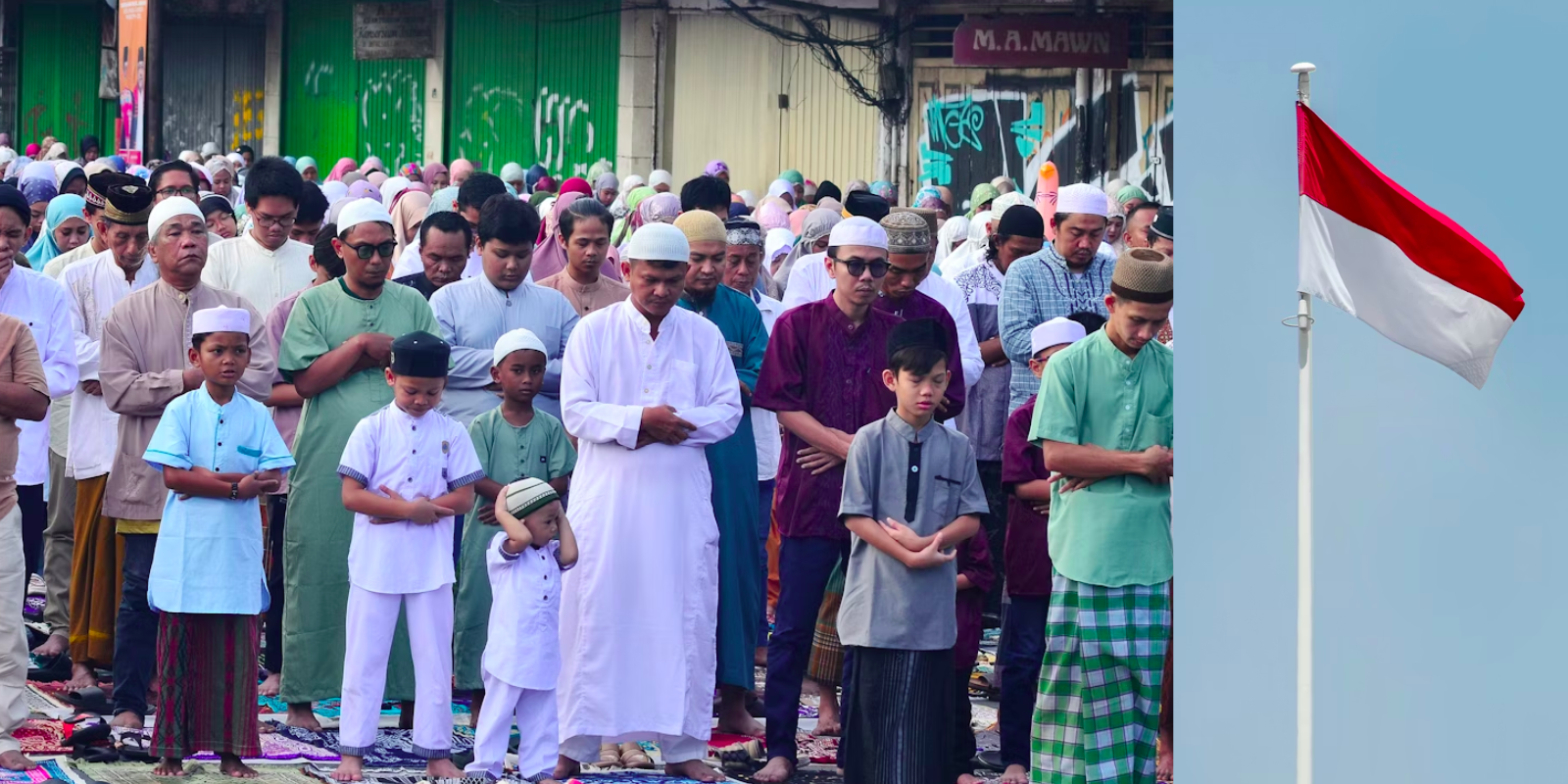The Department of Defense confirmed Wednesday that the overwhelmingly unnecessary National Guard mission at the Capitol will end this coming Sunday.
During a briefing, Pentagon spokesman John Kirby said the deployment is expected to wrap up on May 23.
“We have received no request to extend it,” he said, referring to the mass deployment around the Capitol and Washington D.C. following the January 6 riot.
Though the reasoning and accusations were baseless with no real proof or explanation given to the public, in March, Defense Secretary Lloyd Austin overruled the chief of the National Guard Bureau, ordering 2,280 troops to remain at the U.S. Capitol. This, however, was a slight decrease from the original 5,000 troops that were positioned following the riot, with additional fencing also put up around the premises.
“I’m not aware of any - any - threat to justify a continued presence today around the Capitol, much less into the fall,” Sen. Tom Cotton said in a Fox News interview in February, adding that he believed the Guard was deployed for political purposes.
Sen. James Inhofe told reporters in March that keeping the Guard in Washington was “outrageous because that’s not their function. It’s not their mission.”
Even democrats expressed concern over the mission.
“We cannot ignore the financial costs associated with this prolonged deployment, nor can we turn a blind eye to the effects it will soon have on the National Guard’s overall readiness,” Rep. Adam Smith said earlier this year, per the Epoch Times.
“I am concerned that the continued indefinite nature of this requirement may also impede our ability to man future missions as both adjutants general and Guardsmen alike may be skeptical about committing to future endeavors,” Gen. Daniel R. Hokanson, chief of the National Guard Bureau, wrote in a March memo.
Indeed, for nearly 5 months, the U.S. Capitol has looked like a complete warzone: razor wire fencing, thousands of troops circling the premises and increased police presence throughout the city.
But, there was no proof of any credible threat.
 The Department of Defense confirmed Wednesday that the overwhelmingly unnecessary National Guard mission at the Capitol will end this coming Sunday. During a briefing, Pentagon spokesman John Kirby said the deployment is expected to wrap up on May 23. “We have received no request to extend it,” he said, referring to the mass deployment around […]
The Department of Defense confirmed Wednesday that the overwhelmingly unnecessary National Guard mission at the Capitol will end this coming Sunday. During a briefing, Pentagon spokesman John Kirby said the deployment is expected to wrap up on May 23. “We have received no request to extend it,” he said, referring to the mass deployment around […]






